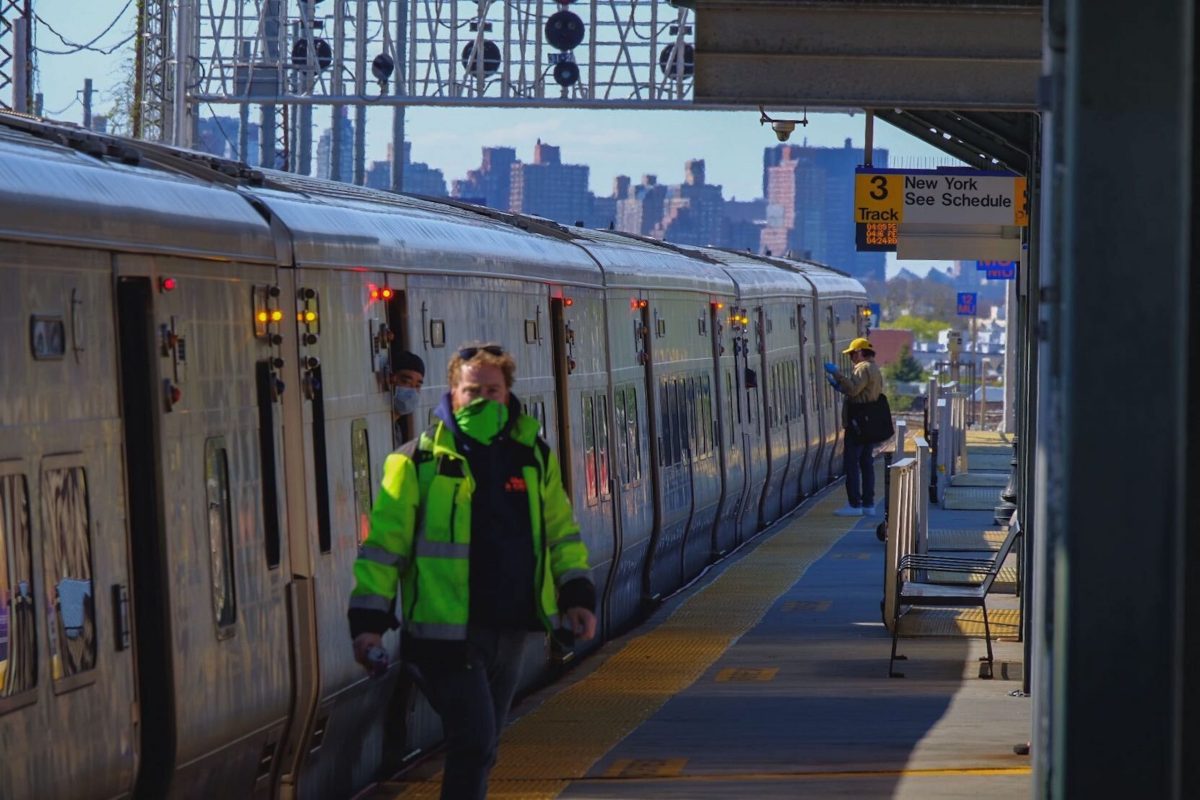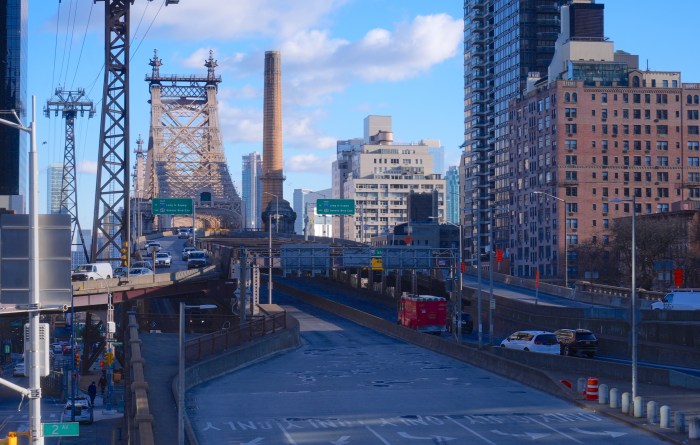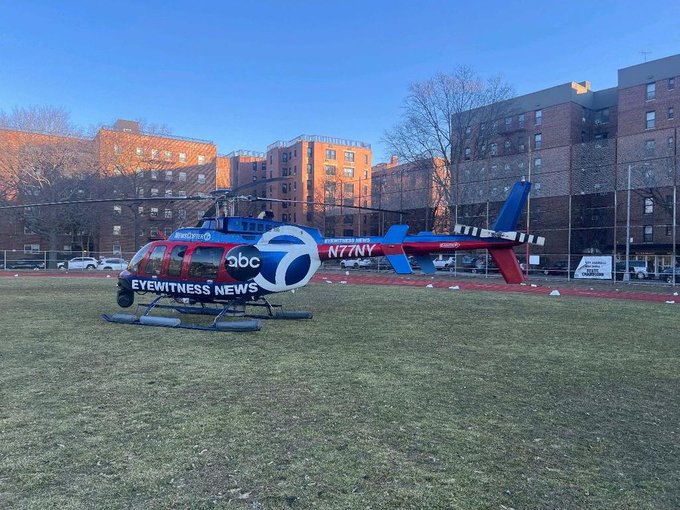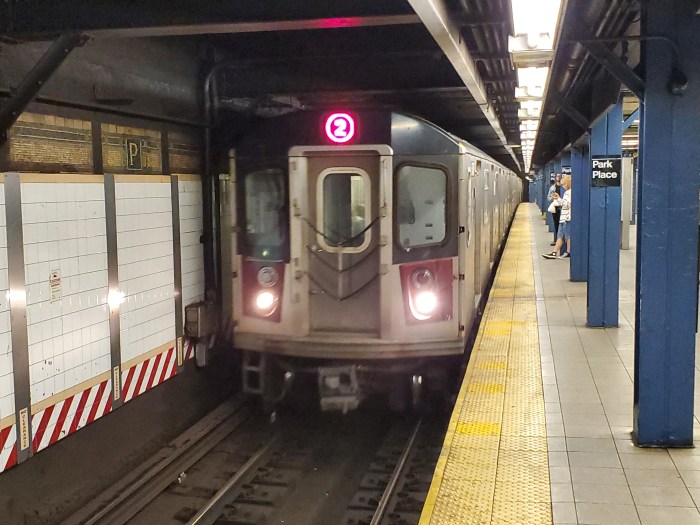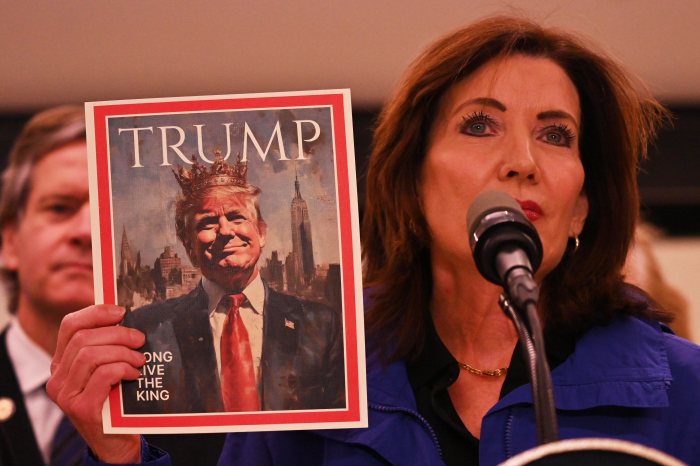The Metropolitan Transportation Authority should expand its discount for commuter railroad riders within New York City limits, which would encourage more people onto public transit and boost farebox revenues, according to advocates.
A three-year-old program known as the Atlantic Ticket already offers cheaper fares for Long Island Rail Road passengers riding between Atlantic Terminal in Brooklyn and Southeast Queens, but the MTA’s Permanent Citizens Advisory Council urged the agency to bring price cuts to all LIRR and Metro-North Railroad stops in the Five Boroughs.
“The commuter railroads can be the backbone of regional recovery efforts,” said PCAC executive director Lisa Daglian at a press conference at the Woodside LIRR station in Queens on Oct. 13. “There’s clearly the opportunity for discounts and clearly the opportunity to get people back on board.”
Many New Yorkers living near railroad stations can’t afford the pricey railroad fare, forcing them to take buses to subways and adding hours to their commute.
“If you can see a train station out your window and you can’t afford it, it’s an unfortunate use of resources that could be opened up for many more riders,” Daglian told amNewYork Metro.
The PCAC first proposed the idea in 2015 under the name “Freedom Ticket” and the MTA introduced the Atlantic Ticket as a pilot in 2018, offering cheaper tickets for trips at LIRR’s three Brooklyn stops and seven in southeast Queens.
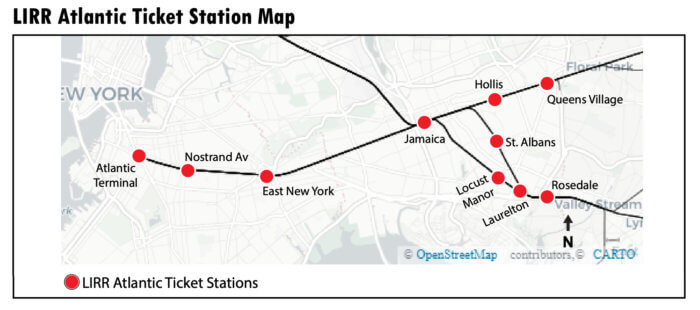
More than 2 million of the tickets have been sold as of June, 2021, raking in almost $16 million in revenue for the LIRR, and riders took some 140,000 monthly trips availing of the markdown pre-pandemic, according to a new report by PCAC.
Rather than pay a peak fare of $10.75 one-way, the Atlantic Ticket costs only $5 and offers an additional free transfer to a subway or bus.
It’s $60 for a weekly ticket with free transfers, compared to a $75 weekly LIRR pass which doesn’t include free transfers.
Despite reducing the fares for the rider, the program actually led to an overall revenue increase of 45% for LIRR at the 10 stations in 2019 compared to 2016.
The agency has in its history reduced fares which then led to ridership increases, such as in 1993 when the Metro-North lowered prices on its New Haven Line which bumped up ridership by 10%.
The following year fare reductions of up to 20% for reverse commutes from the Bronx to Greenwich and Stamford, Connecticut grew ridership by 34% and produced a revenue bump of 17%, according to the Regional Plan Association.
More recently, transit officials have only charged off-peak fares on commuter railroads during the pandemic, but the reduction is set to expire by the end of the year.
The MTA board also decided to hold off on its bi-annual fare hike for the subways and buses this year to lure riders back.
Other jurisdictions are looking to go further, such as the Metro in Washington, D.C., where transit bigs are mulling fare reductions to spur ridership return.
The Freedom Ticket would unlock stations to low-income riders on the LIRR from northern Queens to Penn Station, and on the Metro-North up into The Bronx, advocates said.
“Commuter rail in the New York City metropolitan area has changed little since its origin, providing limited service at a premium price for affluent workers who live in the suburbs and work in the central business district,” said Felicia Park-Rogers of the Tri-State Transportation Campaign. “This is an antiquated business model that no longer reflects today’s work, commute, or life patterns.”
PCAC also called on transit gurus to make it easier to buy the discount tickets, offering them on the MTA app instead of forcing riders to buy a paper ticket at an LIRR vending machine.
“We’ve heard from people who’ve had to go to stations on Sunday night and line up to get the ticket so they don’t miss their trains on Monday,” Daglian said.
MTA’s acting chief Janno Lieber has shown interest in exploring changing the agency’s fare policy, and an agency spokesman said transit officials are looking at recent rider surveys to adapt to new commuting patterns resulting from the pandemic.
“We are beginning to analyze the results of our customer survey launched in September, which collected responses from 122,533 riders, to better understand post-COVID commuting patterns and how to improve customer service,” Aaron Donovan said in a statement. “We appreciate recommendations for making transit more affordable that come with dedicated funding sources, since cutting fares does not assure increased revenue.”



